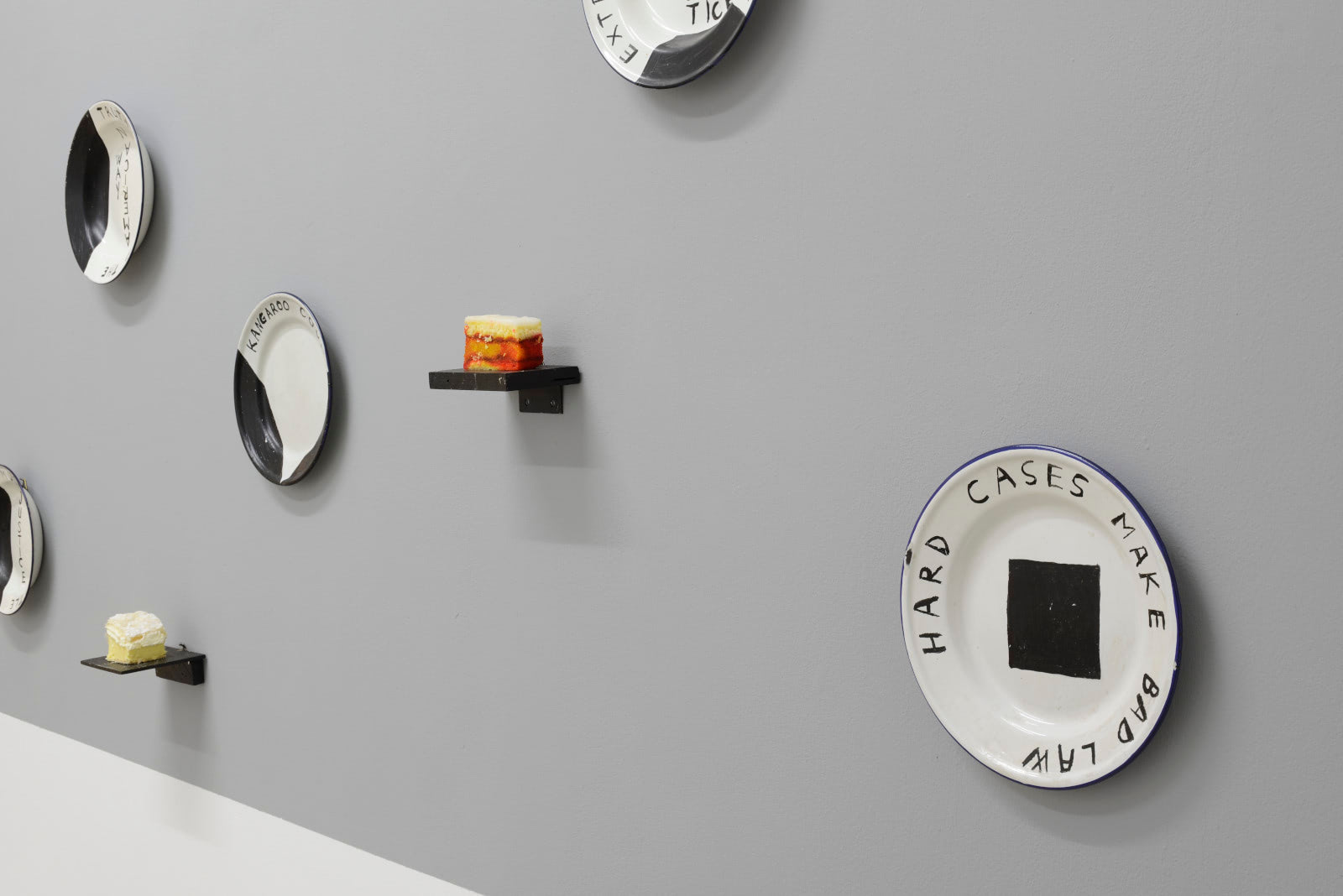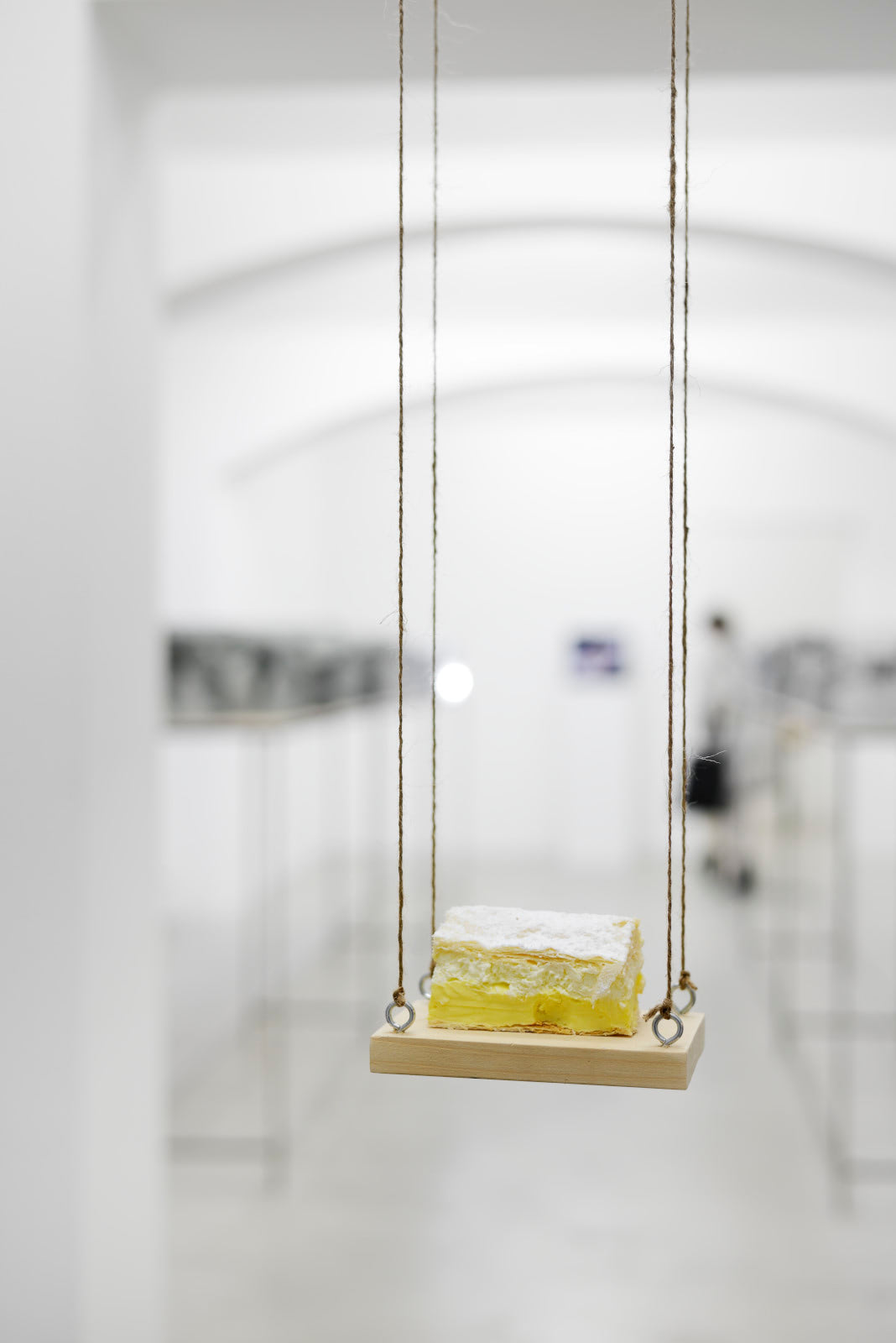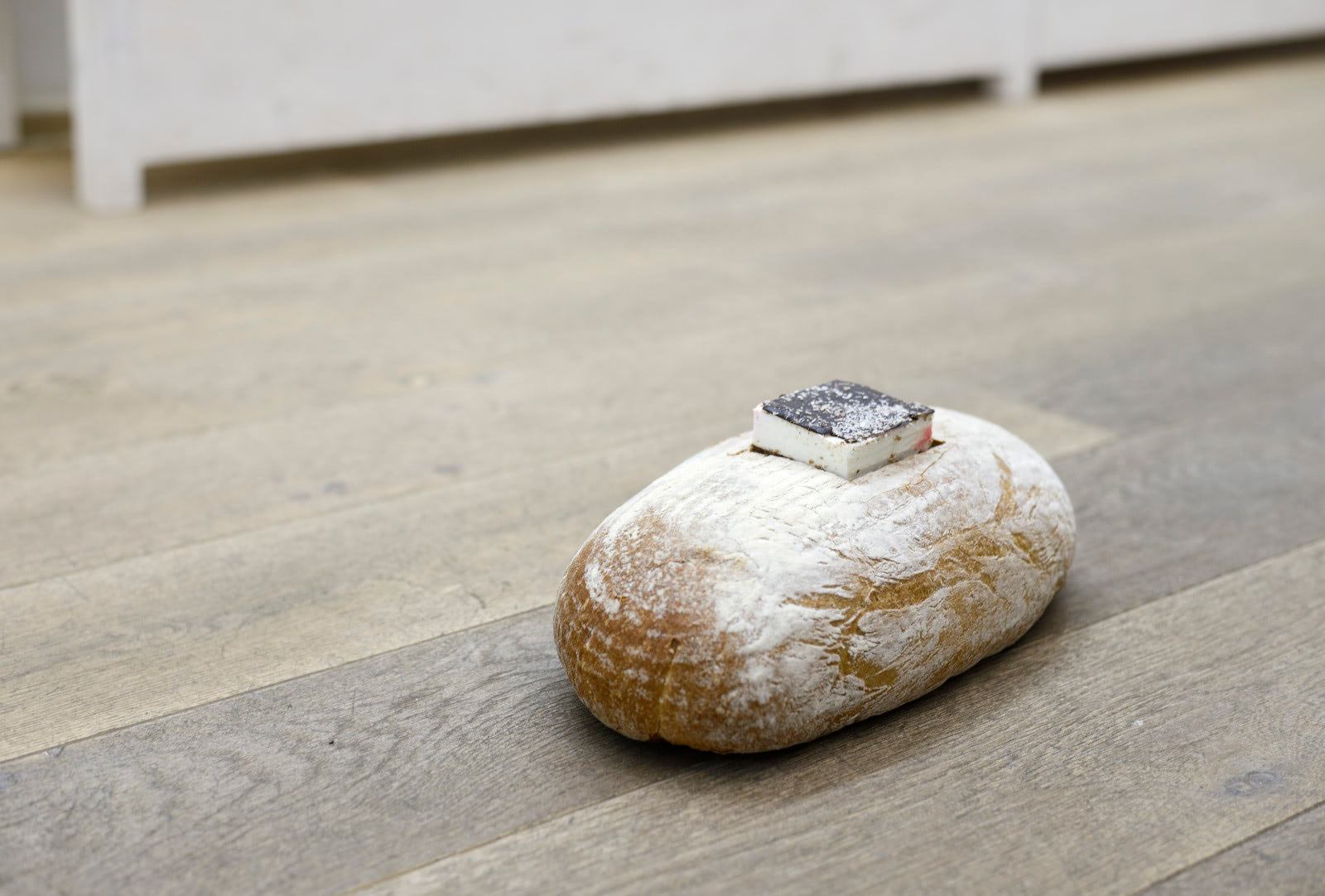
view from the exhibition, If they have no bread, let them eat cake, 2020

view from the exhibition, If they have no bread, let them eat cake, 2020

view from the exhibition, If they have no bread, let them eat cake, 2020

view from the exhibition, If they have no bread, let them eat cake, 2020

view from the exhibition, If they have no bread, let them eat cake, 2020

view from the exhibition, If they have no bread, let them eat cake, 2020

view of the one-day action in Prague at hunt kastner (Dec. 12, 2020)

view of the one-day action in Prague at hunt kastner (Dec. 12, 2020)

view of the one-day action in Prague at hunt kastner (Dec. 12, 2020)

view of the one-day action in Prague at hunt kastner (Dec. 12, 2020)

view of the one-day action in Prague at hunt kastner (Dec. 12, 2020)